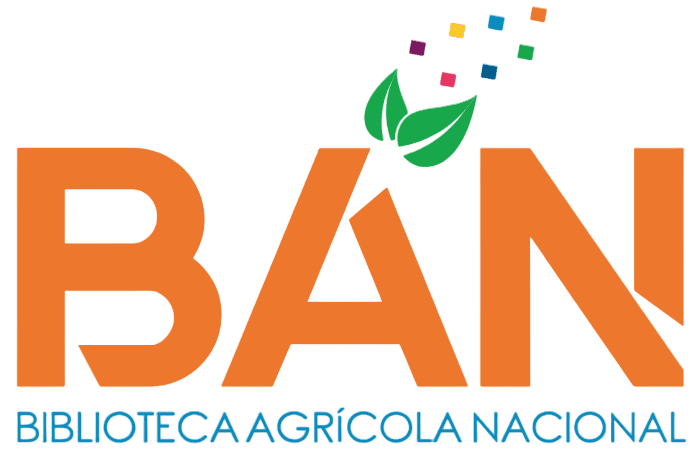Dosis de calcio y cadmio en el desarrollo del cultivo de maíz (Zea mays L.) en invernadero
Loading...
Código QR
Authors
Yauyo Landeo, Mary Isabel
Contact Email
Abstract
El cadmio (Cd) es un metal pesado cuya acumulación en los órganos cosechables de las plantas representa una limitante para su comercialización, debido a su clasificación como agente precancerígeno. Entre las estrategias para reducir su absorción se encuentra el uso de calcio, fundamentado en la competencia catiónica entre ambos elementos. Con el objetivo de evaluar el efecto de distintas dosis de Cd y Ca sobre la producción de biomasa y la absorción de cadmio en maíz, se estableció un experimento bajo condiciones de invernadero. Se aplicaron cuatro dosis de Cd (0, 25, 50 y 75 mg kg⁻¹) al suelo dos semanas antes de la siembra, y dos dosis de Ca (0 y 60 mg kg⁻¹), en forma de nitrato de calcio y tiosulfato de calcio, cinco días antes de la siembra. El diseño experimental fue completamente al azar, con un arreglo factorial 4×2×2 y cuatro repeticiones. Se evaluó la biomasa fresca y seca (foliar y radicular) y la concentración de Cd absorbido en ambos tejidos. Los datos fueron sometidos a análisis de varianza y las medias comparadas mediante la prueba de Tukey (HSD). La aplicación de diferentes dosis de cadmio al suelo afectó negativamente la producción de biomasa foliar y radicular en las plantas de maíz, en comparación con el tratamiento control. A medida que se incrementó la concentración de cadmio en el suelo, se observó una disminución progresiva en el peso de ambos tipos de biomasa. La concentración de cadmio en los tejidos vegetales (foliar y radicular) mostró una relación directa con las dosis aplicadas, registrándose una mayor acumulación en las raíces que en la parte foliar. Por otro lado, la aplicación de calcio promovió un incremento significativo en la biomasa foliar y redujo la absorción de cadmio tanto en la biomasa aérea como en la radicular. Entre las fuentes de calcio evaluadas, el tiosulfato de calcio fue la más eficaz.
Cadmium (Cd) is a heavy metal whose accumulation in the harvestable organs of plants represents a limiting factor for its commercialization, due to its classification as a precancerous agent. Among the strategies to reduce its absorption is the use of calcium, based on the cationic competition between both elements. In order to evaluate the effect of different doses of Cd and Ca on biomass production and cadmium uptake in corn, an experiment was established under greenhouse conditions. Four doses of Cd (0, 25, 50 and 75 mg kg-¹) were applied to the soil two weeks before planting, and two doses of Ca (0 and 60 mg kg-¹), in the form of calcium nitrate and calcium thiosulfate, were applied five days before planting. The experimental design was completely randomized, with a 4×2×2 factorial arrangement and four replications. Fresh and dry biomass (leaf and root) and the concentration of Cd absorbed in both tissues were evaluated. The data were subjected to analysis of variance and the means were compared by Tukey's test (HSD). The results of the statistical analysis for the fresh and dry biomass variables in the shoots and root parts of the corn crop show that there was a significant statistical difference between the different doses of cadmium. The application of the high dose of cadmium reduced the vegetative development of the plants, consequently, the reduction in the production of fresh and dry biomass, likewise the concentration of cadmium in the plant (shoots and root) is directly related to the additions of cadmium; in addition there was greater absorption of cadmium in the root part compared to the aerial part, the use of calcium reduced the absorption of cadmium in the shoots and root part stimulating greater vegetative development. The best source of calcium was calcium thioslufate.
Cadmium (Cd) is a heavy metal whose accumulation in the harvestable organs of plants represents a limiting factor for its commercialization, due to its classification as a precancerous agent. Among the strategies to reduce its absorption is the use of calcium, based on the cationic competition between both elements. In order to evaluate the effect of different doses of Cd and Ca on biomass production and cadmium uptake in corn, an experiment was established under greenhouse conditions. Four doses of Cd (0, 25, 50 and 75 mg kg-¹) were applied to the soil two weeks before planting, and two doses of Ca (0 and 60 mg kg-¹), in the form of calcium nitrate and calcium thiosulfate, were applied five days before planting. The experimental design was completely randomized, with a 4×2×2 factorial arrangement and four replications. Fresh and dry biomass (leaf and root) and the concentration of Cd absorbed in both tissues were evaluated. The data were subjected to analysis of variance and the means were compared by Tukey's test (HSD). The results of the statistical analysis for the fresh and dry biomass variables in the shoots and root parts of the corn crop show that there was a significant statistical difference between the different doses of cadmium. The application of the high dose of cadmium reduced the vegetative development of the plants, consequently, the reduction in the production of fresh and dry biomass, likewise the concentration of cadmium in the plant (shoots and root) is directly related to the additions of cadmium; in addition there was greater absorption of cadmium in the root part compared to the aerial part, the use of calcium reduced the absorption of cadmium in the shoots and root part stimulating greater vegetative development. The best source of calcium was calcium thioslufate.
Description
Universidad Nacional Agraria La Molina. Escuela de Posgrado. Maestría en Suelos
Keywords
Cadmio
Citation
Date
2025
Collections
Seleccionar año de consulta:
Licencia de uso

Excepto si se señala otra cosa, la licencia del ítem se describe como info:eu-repo/semantics/openAccess

